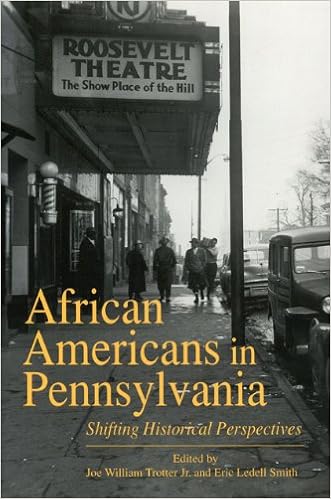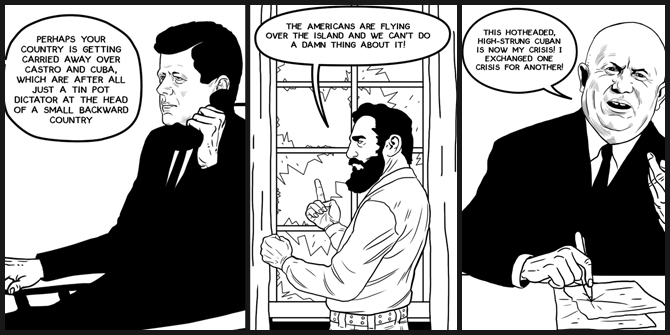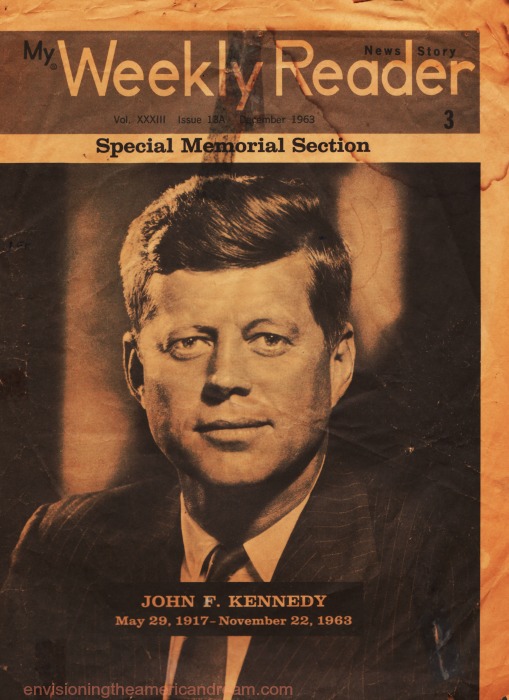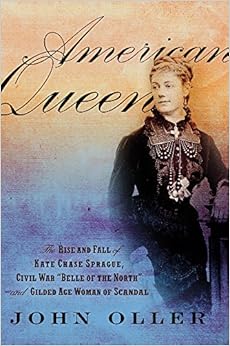. . . I revisited Nancy Isenberg's White Trash: The 400 Year Untold Story of Class in America (2016) a few weeks ago. I wanted to see if wanted to revise my iniitial judgment that the book was thematically and argumentatively incoherent too often. I listened to the audio download rather than re-reading the book.
While doing that I was struck in a way I hadn't been during the book read by similarities between Jefferson the Agriculture Philosoph's Monticello and Marie Antoinette's faux rustic village of Hameau de la Reine near to the
Petit Trianon in the Park of Versailles. There she and her companions played at being peasants as Jefferson impersonated "gentleman farmer." He was such an 18th century aristocratic fellow (though in a mode that was also peculiarily Virginian).
Isenberg didn't notice these similarities herself. As per usual with
White Trash, when the author approaches something revelatory, instead of taking the leap over the walls surrounding the Founding Father of the Domestic Slave Trade and White Supremacy -- she pulls up short and turns to a different topic-- leaving unmined the US's systemic legal foundation of 'race' in the constructing of white divisions of class and poverty.
 |
| It was an exciting moment during a visit to th British Museum to spy a first edition on the shelves of the Museum's Enlightment Room. |
 |
| In the Enlightenment Room, British Musuem -- it's enormous! |
Isenberg's chooses excellent quotes from various Jefferson documents and his only book,
Notes on the State of Virginia, to illustrate his disdain for farm work, and his disinterest in farming in general. These chosen words suggest strongly that for Jefferson, "farming" for most of his life, was only so much "philosophy" -- fantasy world building that relaxed and entertained his lively mind, resembling closely the role playing of milk maids at Petit Trianon.
 |
| Water color of the grounds of Hameau de la Reine village, near Petit Trianon |
It wasn't until Jefferson thought of agriculture in the terms of science experiments that he took any personal concern with 'cultivating.' on his own farms (he was a complete failure at it too). This was a deep contrast with Washington's constant concern with farming and how he managed Mount Vernon. Jefferson's exception to his impractical fantasies were his statements that breeding slave women for their "natural increase" must be encouraged as their babies brought more financial value to the estate than the crops brought in.
 |
Wotton House, Surrey. This pdf is a good essay on Jefferson's travels in England (John Adams was his companion):
"A Comparative Study of Thomas Jefferson's Travels to England and Their
Influences on Monticello" |
Jefferson admired the great estates, parks and gardens he visited during his travels in England (786) and in
Italy and France (1787). Lacking the economic resources held by aristos to build such impressive showplaces, of course, he relentlessly mortgaged his slaves, and created an lesser imitation at Monticello with lower quality materials. That showplace of Monticello is an impractical facade, like Marie Antoinette's Petite Trianon peasant village -- a folly, as certain edifaces des amusants erected on estates were called in England -- except, of course, at Monticello, the slaves were real people, and truly enslaved by every legal, religious and philosophic dictum possible to invoke, and ultimately sold away from the bankrupted Master of the Mountain's fantasy world that their bodies, fertility and labor had bankrolled.
Isenberg shows Jefferson's philosophy of agriculture was formed by European models that had not a chance of working in North America -- particularly not in Virginia, for all kinds of reasons. Invoking the gentleman farmer, his preferred term for a farmer was
cultivator -- not yeoman, though this is the word everyone uses when writing about Jefferson's fantasies of how the huge swathes of the Louisiana territory was to be populated and organized. A cultivator differed as much from a yeoman as Theodore Roosevelt's stockman differed from a cowboy. Roosevelt compared the stockman to a southern plantation owner and described a stockman's life as the best life to live -- except that of a southern plantation owner in the antebellum era. Unlike the stockman's whose life was filled with satisfactions and comforts, not least seeing his wealth steadily accrue through the natural increase of his herds and the labor of his hands, the cowboy's life was a hard one, and an economic dead end.
Even as his language for the naming of the newly acquired territory's states could have been used in contemporary (bad) fantasy world-building, it was
not the language of sturdy small yeoman farmers: Michigania, Illinoia, Saratoga, and Washington, well, OK, but! -- Sylvania, Chersonesus, Assenisipia, Metropotamia, Polypotamia, and Pelisipia? This was an equally preposterous progression of the fantasy f
eudal slave state of Carolina designed by
John Locke and the Eight Lords Proprietors of Carolina to divide territory into palatinates and baronies, organized under a hereditary aristocracy of margraves, landgraves and caciques. Nor should we forget the proposed Margravate of Azilia as a the buffer zone between Carolina and the Spanish Floridas. Instead of happy serfs however, they would have happy African slaves.
 |
| Logo of the Royal African Company |
Recall that Locke and these Lords Proprietors were original investors in the Stuarts' Royal African Company, headed by the Duke of York, formed to enslave Africans and sell them in the New World, in order to fill their always empty privy purses.
What does all this have to do with poor whites and class? Isenberg seems not to know, though this history is included in
White Trash, it is presented without any connection to the southern colonies' poor white populations, treated as expendable waste by the small, ever increasingly wealthy elite. As critics other than myself have noted, Isenberg forgets about her central theme most of the time.
Though
White Trash's argument is fairly incoherent thematically, pieces of it are informative. It's disappointing that she wasn't able to pull together the history of white poverty and class into a satisfactory explanation of our cultural, economic and political psyche. But since she couldn't or wouldn't examine and / or reconcile the victimization of poor whites with the victimization of slaves -- or that of Native Peoples either, though they get some mentions, ultimately the book, though an interesting read, isn't as useful as the author expected. It really founders when the author attempts to force New England's ways and mores into her theme? argument? (it's unclear). The points that are to be made are obscure -- again because of how slavery operated in the north, and the differences between north and south in how they profited from slavery are ignored and / or presented in a manner that can only be called murky.
Isenberg is a terrific researcher, but apparently wasn't willing to work-up her analytical skills to spin 400 years of history around a central theme without losing sight of the argument and straying off into dead ends. She founders at the wall of black - white, which always comes up central to the history, no matter what era and which issue. So, once again, African American history gets side-barred and made lesser, even as the historian centers the class system of whiteness as American history. It's an distorted dialectic of class and poverty, which forces the argument into a shallow flat shape, lacking scope and grain. The further the book progresses the more it presents as rushed and unthought-through, as up against a deadline the author resents as too close.
Another aspect of White Trash that confuses whatever the argument Isenberg thinks she's making is that she repeats, sometimes even word-for-word, illustrations. One example of this is the scene from Harriet Beecher Stowe's novel,
Dred: A Tale ofthe Great Dismal Swamp (1856), in which a poor white woman and her children are described -- she uses that same scene word-for-word at least twice -- while missing that the language Stowe has chosen to describe this miserable family is to evoke compassion in the reader, not contempt.
Though written and published before the election, her description of Jackson's political base is the same as that of many descriptions of the orange's political base, and Jackson's braggadocious, impatient, explosive, improvisational character as many describe the orange's character. The politics of resentment come through loud and clear. Though this is of no surprise to anyone who has spent time studying Jackson and the Jacksonian era, it's deeply troubling in its implications for our own immediate future.
Panic of 1837 here we come.
Then, suddenly, we're past the Civil War, and these same despised people whom the author has claimed did not support either the seccession or the war, and who ere so badly treated by the CSA, are aligned with the planter-political class.
Then we move into the age of eugenics, a/k/a the Gilded Age, or, as I call it, the Age of Horror, the age that so resembles our own.
She's gone through the Civil War and into this era in which the poor and anyone who isn't male, white and rich are regarded as worthless. Yet, she never explains how and why how these supposed crackers such as
James K. Vardeman, whose class is so despised, oppressed and repressed, got wealth, got political power. In fact they get so much wealth and political power they now run the country. How did this happen if they are so oppressed? Did the legal system and white supremacy have anything, anything at all, to do with it?
Ultimately the book ignores its own theme and argument.

























.jpg)
